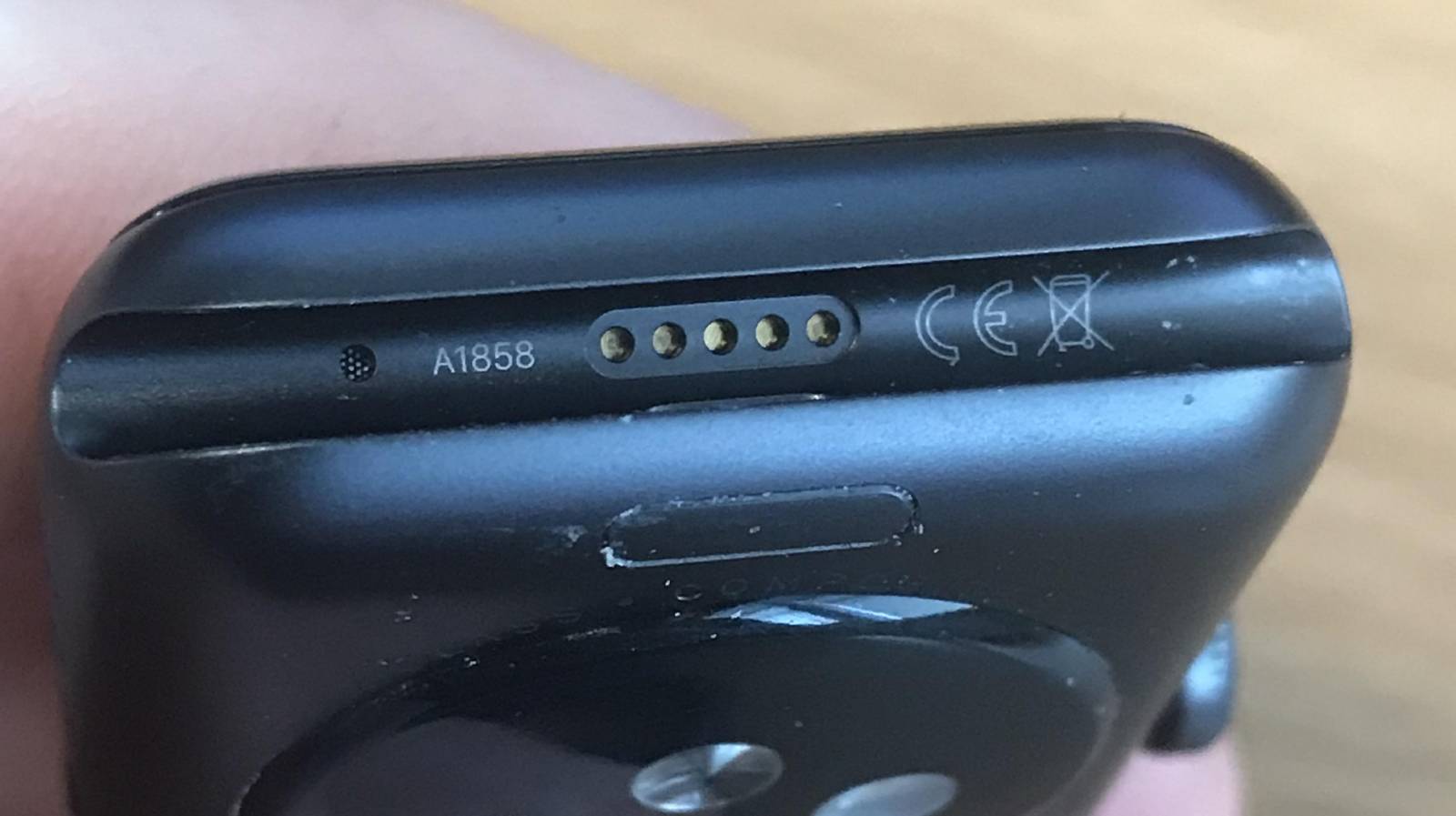

If you are using Mac with Apple silicon you must install Rosetta 2, to do that simply run the below command in your terminal. At the time of writing, there are over 400,000 public Docker images available on the web.

Now that you have some knowledge about Docker and Containers, let understand why should we use Docker.īefore installing docker and dockerizing an application let's first understand what are the advantages of Docker.

This might be from a developer's laptop to a test environment, or from a real data center computer to a virtual machine in a private or public cloud.Ī container is a whole runtime environment packaged into one package: a program, together with all of its dependencies, libraries, and other components, and configuration files needed to run it.
DOCKER FOR MAC OPEN PORT SOFTWARE
Now let's discuss what are containers.Ĭontainers are a solution to the challenge of moving software from one computing environment to another and having it operate consistently. Docker's entire purpose is to make it simple for developers to create apps, ship them into containers, and then deploy them wherever they want. In this article, we will look atĭocker is a container management service. There mightīe (and probably is) an easier solution that I am not aware of.Docker is an open-source platform that allows us to create, deploy, and manage containerized applications. That said, this is just the quickest solution that I came up with. Speed up the rendering is to change the color output to 256 Colors in the The responsiveness varies from acceptable to terrible. I found that responsiveness of the window varies quite a bit depends on theĭisplay setup. In a different shell, run the Chrome container: docker run \ -rm \ -name chrome \ -net host \ -volume " $' ) :0" \Ĭhrome should now launch in a XQuartz window. Now, to run Chrome in a container, first, setup a stream between the ChromeĬontainer and the XQuartz server: socat TCP-LISTEN:6000,reuseaddr,fork UNIX-CLIENT: \" $DISPLAY \" brew install socatĪfter installing, you will need to reboot your machine. Xquartz (for a X Window system on MacOS) and socat (for hooking the ChromeĬontainer to xquartz). The initial setup requires a bit of work. Because it isĭeployed as container, it does have access to the Docker network and therefore Which is to simply deploy and expose Chrome in a Docker container. So, I decided to solve it using the quickest and hackiest way I could think of, Overcomplicating the setup-because the issue is related to a MacOS setup. I wanted to avoid any external dependency on a DNS server, to avoid Services, which would be time-consuming and pointless for a prototype. Also, I wanted to avoid the need to modify the actual The common solutions are based on proxying, whichĪlters the address. The browser-is able to access the exact same IP/DNS name of the containers as Project the services assumed (and required!) that the user-or more accurately, However, in this project there was an additional constraint: throughout the This worked fine on previous versions of docker desktop for mac, only once I upgraded to. If you start it manually with docker-compose up it works. and a standard docker hub image mysql:5.6.51 in a docker compose file exposing port 3306:3306 you cannot connect from the host machine. The host, such as, using port mapping in Docker or a reverse proxy alongside the using docker stack deploy -compose-filedocker-compose.yml db.

Of course, there are many options to expose/proxy specific container ports to The Docker network is network is not bridged. Unfortunately Docker runs in a VM on MacOS, and Accessing the docker-for-mac network from a browser: the fast and dirty wayįor a authentication-related prototype I needed to be able to access some


 0 kommentar(er)
0 kommentar(er)
